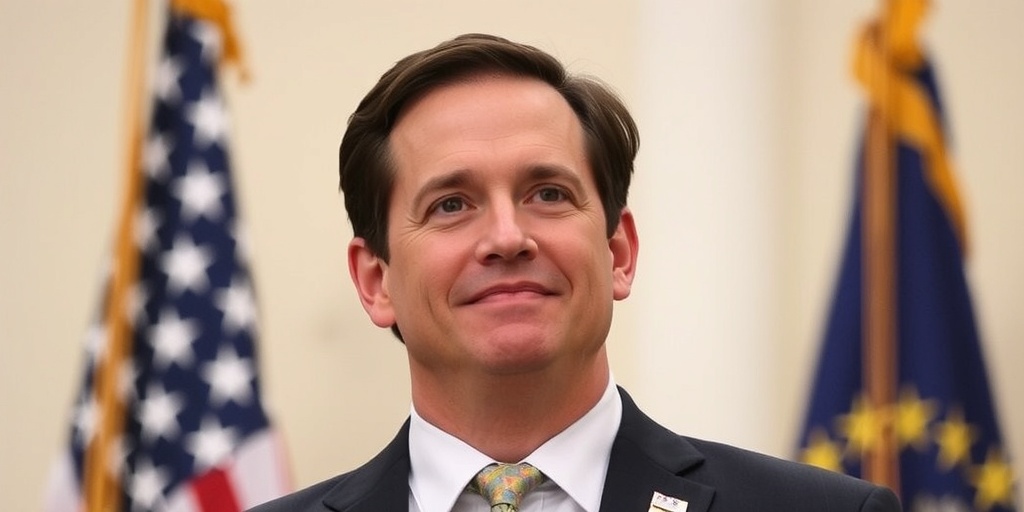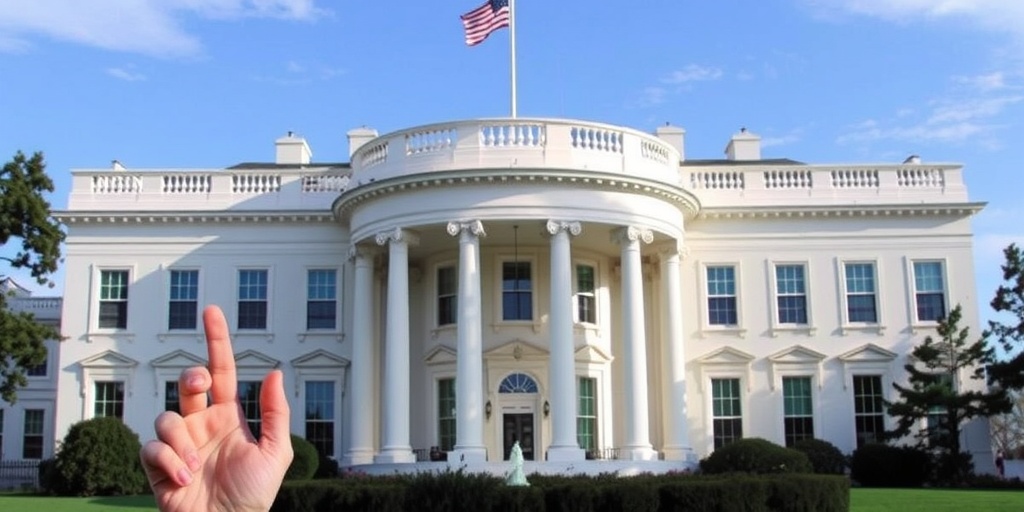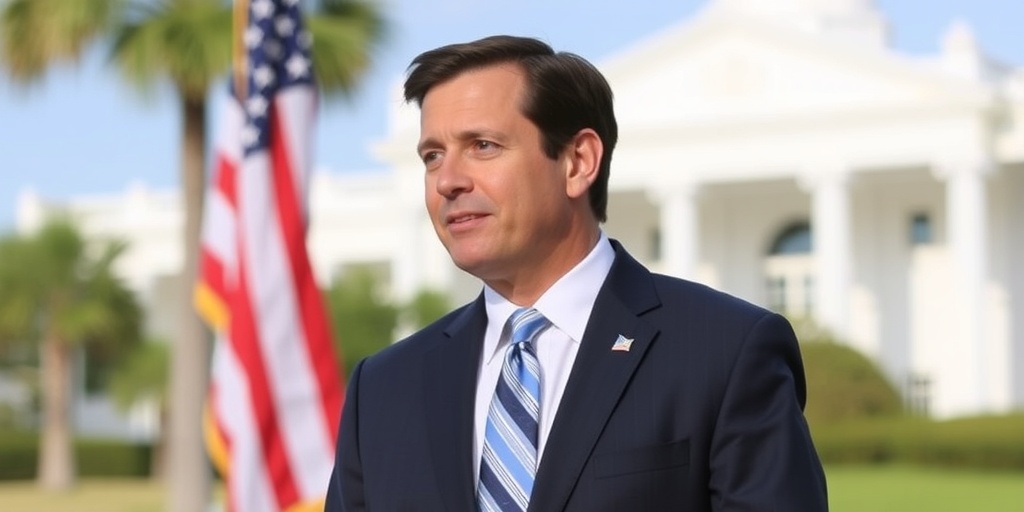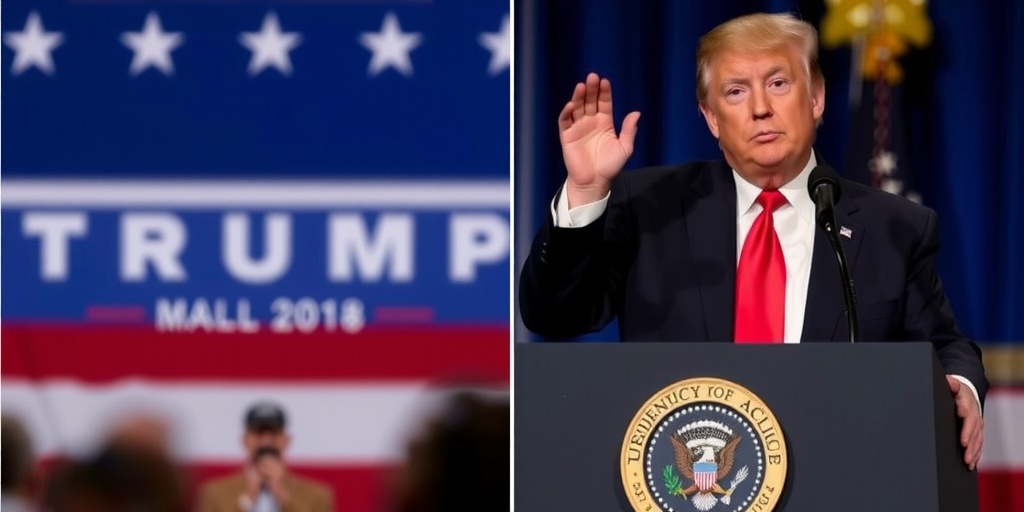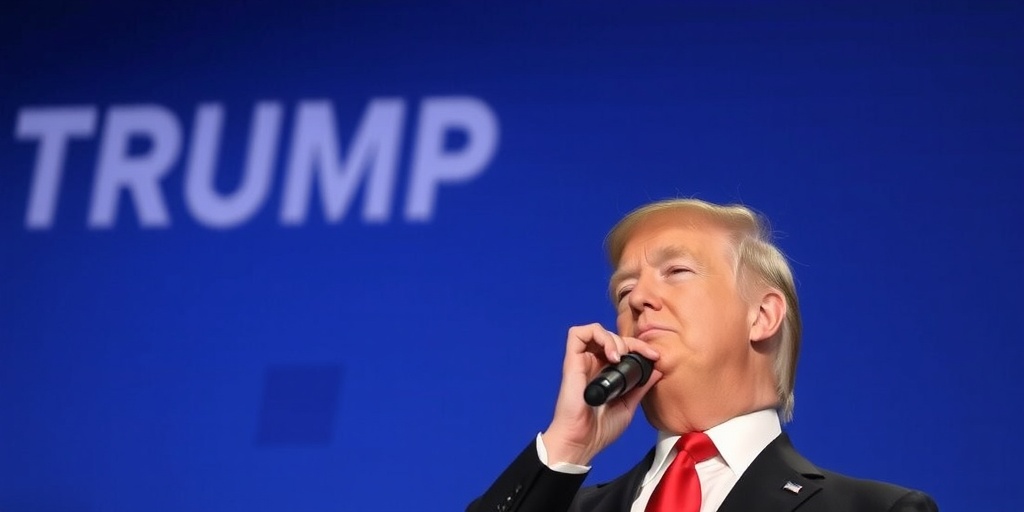Now Reading: Trump Targets Universities: Students at Risk
-
01
Trump Targets Universities: Students at Risk
Trump Targets Universities: Students at Risk

Impact of Federal Funding Cuts on Higher Education and Graduate Programs
In the early stages of the Trump administration, a wave of proposed cuts aimed at slashing funding for higher education has already begun to reverberate across college campuses. As universities grapple with reduced grants and contracts, the fiscal impact is now being felt directly by students, particularly those aspiring to enter graduate programs.
At the University of Pennsylvania, an unsettling directive has emerged: administrators are requesting departments within the School of Arts & Sciences—the institution’s largest school—to reduce the number of incoming Ph.D. students. This has led to the rescinding of informal admissions offers, as explained by Wendy Roth, a sociology professor and chair of graduate education. In discussing the difficult decision, she recounted the emotional toll on students, with some being left distraught and in tears after receiving the disappointing news. “It’s just the most terrible thing to get that kind of news when your plans are made,” Roth lamented.
Since taking office, the Trump administration has prioritized significant cuts to federal funding that supports academic research, including drastic reductions in overhead reimbursements from the National Institutes of Health (N.I.H.). Although legal challenges have temporarily halted some of these funding cuts, universities remain on high alert, anticipating substantial financial losses. For instance, the University of Pennsylvania is bracing for a potential $250 million decrease in N.I.H. funding.
In the rhetoric surrounding these budget cuts, administration officials have positioned them as efforts to eliminate wasteful government spending. Recently, Katie Miller, affiliated with Elon Musk’s team, framed the cuts as a means to dismantle what she termed the “liberal D.E.I. deans’ slush fund.” Furthermore, various universities have preemptively enacted cost-cutting measures, leading to widespread hiring freezes. North Carolina State University announced a hiring freeze on February 14, while Stanford University cited “very significant risks” to its community in a similar freeze. At the University of Louisville, President Kim Schatzel declared an "immediate pause" on faculty and staff hiring, warning of potential losses between $20 million to $23 million in N.I.H. funding. A growing number of institutions are adopting similar measures, encompassing hiring freezes or what some refer to as “chills.”
Graduate education, which heavily relies on research grants, is experiencing significant cutbacks, leaving prospective Ph.D. students feeling abandoned. For example, the biological sciences graduate program at the University of California, San Diego, typically enrolls 25 new students annually, but this year, the number has been slashed to just 17—a decision that, while seemingly minor, carries far-reaching implications. Faculty members, like Kimberly Cooper, express grave concerns about the broader effects of these cuts on academic research and university missions. “I hate to sound fatalistic,” Cooper remarked, noting that the ongoing cuts threaten to undermine the very foundation of academic enterprise.
At the University of Pennsylvania, each of the 32 programs has been compelled to implement similar reductions in graduate admissions. The history department, for instance, is limited to offering Ph.D. slots to only seven students instead of the usual 17, while the English department is restricted to admitting a maximum of six students, down from its typical cohort of nine to twelve. Faculty members from 22 departments voiced their apprehension in a letter, warning that these decisions could inflict reputational harm to the institution.
In a response to the concerns, J. Larry Jameson, Penn’s interim president, underscored the severity of the cuts, describing them as an "existential threat" to both the university and American higher education. He assured that the administration is actively seeking cost containment measures and alternative revenue sources while remaining focused on sustaining the university’s mission.
As the Trump administration intensifies its targeting of university initiatives related to diversity and inclusion, there are fears that other essential programs, such as scholarships, may also suffer if legal barriers are lifted. According to David Kazanjian, graduate chair of comparative literature at Penn, the reductions in graduate student admissions would inevitably diminish undergraduate opportunities, potentially leading to larger class sizes and diminished educational quality.
The impact of the administration’s funding cuts is felt across a range of institutions—from elite Ivy League schools to large public research universities and smaller public colleges. The decision to cap overhead reimbursements on N.I.H. grants to 15 percent threatens to eliminate millions of dollars that universities utilize for essential operational expenses. Columbia University, for example, which receives approximately $1.3 billion in N.I.H. funding annually, could face losses up to $200 million due to the funding formula changes.
A graduate-student union at Columbia raised alarms about drastic cuts that could result in the elimination of up to 65 percent of incoming Ph.D. students in the School of Arts & Sciences. As pushback mounted, Columbia scaled back some of its proposed cuts, yet no fixed numbers have been disclosed.
Despite their substantial endowments—Columbia reported a growth to $14.9 billion by the end of 2024—it appears the financial strain is being used as justification for reductions. Meanwhile, Yale University has taken a different stance, pledging to providing temporary funding to support researchers and graduate students affected by federal funding cuts.
Complicating matters further, the U.S. Education Department recently announced its intention to scrutinize all federal contracts and grants pertaining to Columbia, alleging that the school has not done enough to address antisemitism on campus. Identifying $51.4 million in federal contracts that could be subject to stop-work orders adds yet another layer of uncertainty to the funding landscape.
As these federal funding challenges unfold, discussions surrounding increased taxation on university endowments—previously considered untouchable due to their nonprofit status—have emerged again. During Trump’s first term, attempts to impose a 1.4 percent excise tax on investment income from large private university endowments surfaced, and there are now proposals to escalate this tax to as high as 21 percent.
Ultimately, these funding cuts and their cascading effects are jeopardizing not just individual academic careers but the future of higher education and workforce development. As fewer students navigate academic programs, the implications extend far beyond campus boundaries, potentially harming entire sectors of the economy. Professor Kim Cooper articulated this concern succinctly, emphasizing, “This is our future biomedical workforce.”
Stay Informed With the Latest & Most Important News
Previous Post
Next Post
-
 01New technology breakthrough has everyone talking right now
01New technology breakthrough has everyone talking right now -
 02Unbelievable life hack everyone needs to try today
02Unbelievable life hack everyone needs to try today -
 03Fascinating discovery found buried deep beneath the ocean
03Fascinating discovery found buried deep beneath the ocean -
 04Man invents genius device that solves everyday problems
04Man invents genius device that solves everyday problems -
 05Shocking discovery that changes what we know forever
05Shocking discovery that changes what we know forever -
 06Internet goes wild over celebrity’s unexpected fashion choice
06Internet goes wild over celebrity’s unexpected fashion choice -
 07Rare animal sighting stuns scientists and wildlife lovers
07Rare animal sighting stuns scientists and wildlife lovers













